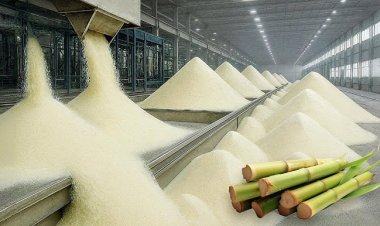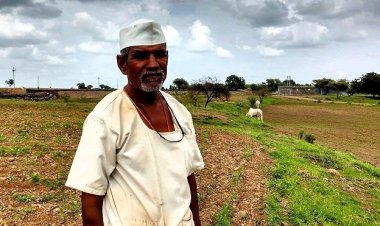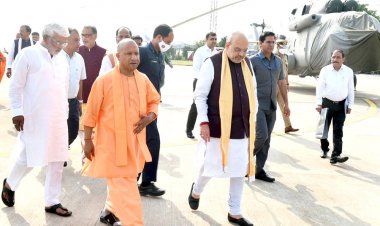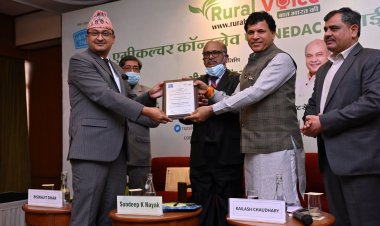All eyes now on assembly polls in 2023, LS elections in 2024
The Gujarat and Himachal Pradesh Assembly polls herald a crucial election cycle that will culminate in the Lok Sabha elections of 2024. The coming year will see the northeastern states of Tripura, Meghalaya, Nagaland and Mizoram, besides Karnataka, Chhattisgarh, Madhya Pradesh, Rajasthan, and Telangana, go to the polls. It could also see elections in Jammu and Kashmir.

The Gujarat and Himachal Pradesh Assembly polls herald a crucial election cycle that will culminate in the Lok Sabha elections of 2024. The coming year will see the northeastern states of Tripura, Meghalaya, Nagaland and Mizoram, besides Karnataka, Chhattisgarh, Madhya Pradesh, Rajasthan, and Telangana, go to the polls. It could also see elections in Jammu and Kashmir.
As the focus shifts to the state elections in 2023 and the general election in 2024, all parties will have their work cut out for them; it will be the hardest for the Congress.
The Congress suffered its worst-ever defeat in Gujarat but wrested power from the Bharatiya Janata Party (BJP) in Himachal Pradesh — a mixed bag result for the grand old party that not only faces a rampaging BJP but an ambitious Aam Aadmi Party (AAP) vying for the leadership of the Opposition going forward on the road to the 2024 general elections.

The results of the Gujarat election 2022 will be remembered for two reasons. First, the BJP recorded its best-ever performance in the state. In fact, the BJP has done in Gujarat what AAP did in Delhi in 2015 (when it won 67 of the 70 assembly seats). The second reason is that the Congress gave up even before the contest began. The grand old party did not even put up a fight, resulting in a steep fall in vote share.
The Himachal Pradesh results paint an opposite picture. It shows that if the Congress gets its local leadership right, it can win. The Congress also made electoral gains from the BJP’s infighting and botched ticket distribution, which saw as many as 21 rebel candidates.
The results of the Assembly elections in Gujarat and Himachal Pradesh affirm the national trend of a dominant BJP, with Prime Minister Narendra Modi as its spearhead. The voting pattern in many states shows that the electorate goes with the BJP at the Centre, but a different party at the state level.
In the Gujarat elections, the BJP won a record 156 seats in the 182-member House with a 52.5 per cent share of the vote, marking its best-ever performance and bettering the iconic Congress Chief Minister Madhavsinh Solanki’s record of 149 seats, set in 1985.
The AAP has made big gains in terms of vote share, seemingly at the expense of the Congress, which has put up its worst performance ever. For the Congress, a victory in Himachal Pradesh was much needed for a revival as it has been battered by a spate of electoral losses in the last few years.
The Gujarat results point to the singular factor responsible for the BJP’s victory: Narendra Modi. He may be the prime minister of India, but in Gujarat he is perhaps chief minister for life. In fact, the BJP’s victory in Gujarat shows that irrespective of who the candidate is, and whatever the ground situation is, people will vote for Modi.
Another big takeaway is that the rise of the AAP is happening largely at the cost of the Congress. After having ousted the Congress in Delhi and Punjab, AAP has made its presence felt in Gujarat. The AAP ran an aggressive campaign to make inroads in PM Modi's home state but failed to make a significant impact in terms of seat share. Arvind Kejriwal's party, however, has received a not-insignificant vote share of nearly 13 per cent of the total votes polled and gained the status of ‘national party’.
In the 2017 Gujarat Assembly polls, the Congress had got over 41 per cent of the vote share and 77 seats. The Congress dropped to about 27 per cent votes and 16 seats this time while the BJP increased its vote share from about 49 per cent in 2017 to 52.5 per cent. Clearly, the swing away from the Congress went largely in favour of AAP.
Arguably the most successful political start-up of the past two decades, the AAP has sought to build its brand around welfarism, the provision of high-quality education and health care, and of course Kejriwal's personality. AAP is in power in Delhi and Punjab (which it won earlier this year), and it was looking to unseat the Congress, which has traditionally been the Opposition in Gujarat. It fell well short of that goal, though — winning just five seats.
(Subhashis Mittra is a New Delhi-based senior journalist, freelance writer, political commentator and public policy analyst.)



 Join the RuralVoice whatsapp group
Join the RuralVoice whatsapp group








































